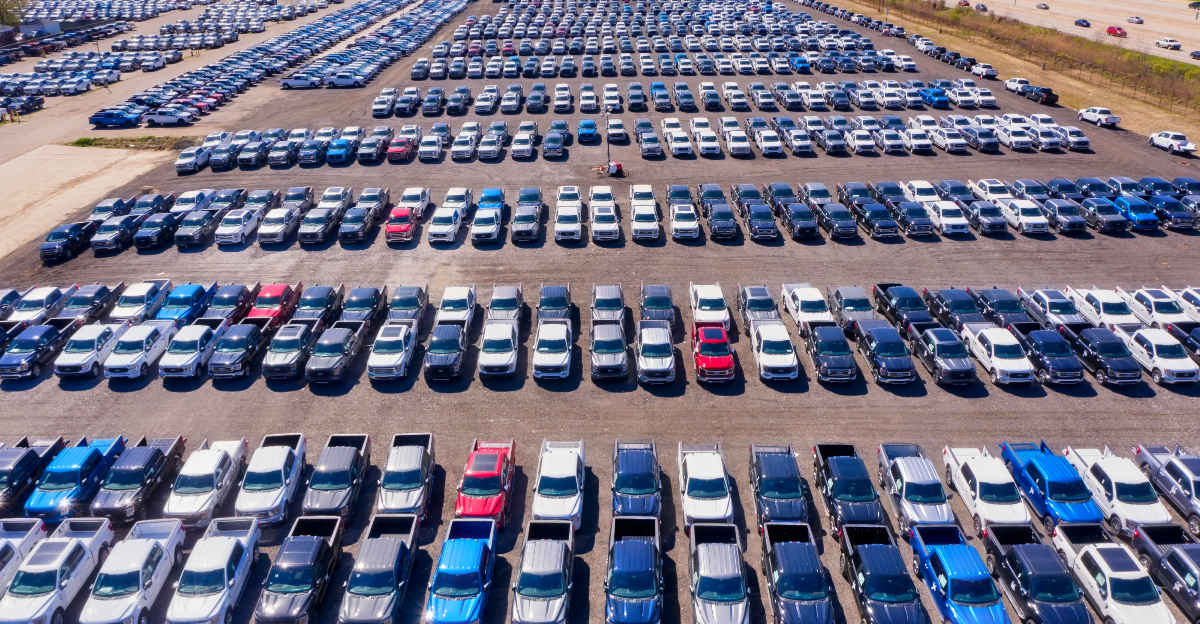
Ford is making headlines for all the wrong reasons. In what’s now one of the largest recalls in the company’s 121-year history, over one million vehicles are being flagged for a serious defect involving their rearview camera systems. The issue? A dangerous glitch in Ford’s SYNC 4 software could freeze the camera image, delay it, or shut it off entirely. With driver and pedestrian safety on the line, pressure is mounting as details continue to emerge about what went wrong.
Why the Camera Glitch Matters
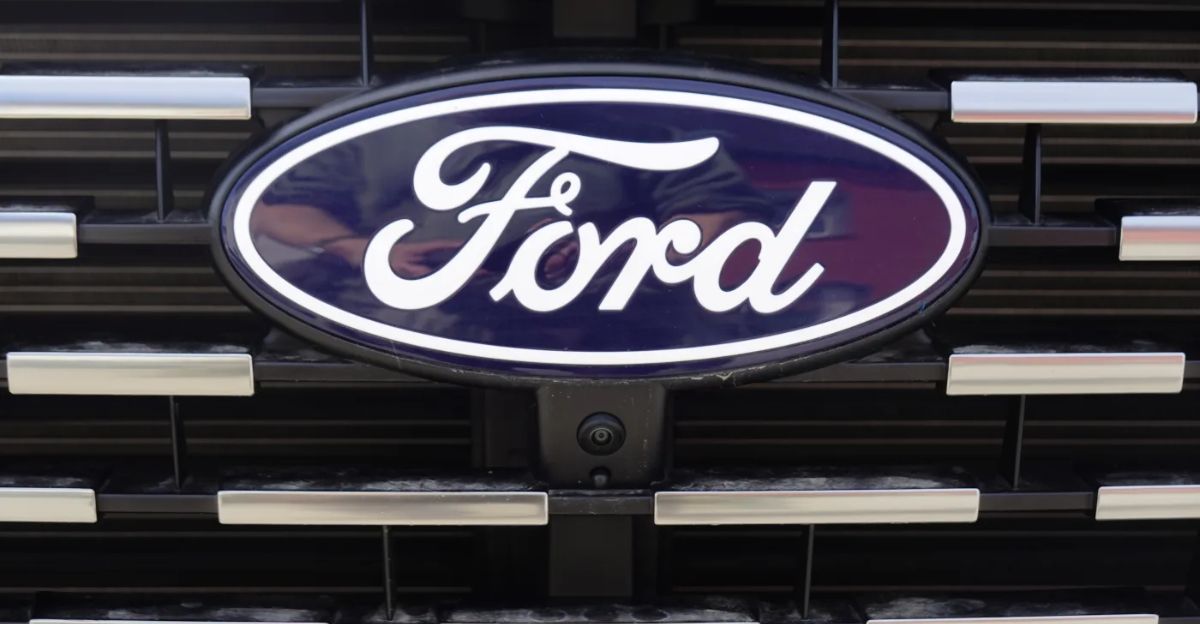
Rearview cameras are no longer optional, they’re required on all new vehicles sold in the U.S. since 2018. Drivers rely on these systems to navigate tight spaces, reverse safely, and avoid hitting objects or people. When they fail, visibility drops dramatically. Ford’s glitch undermines that safety feature, putting users at risk and putting the company in violation of federal safety standards. For many, it’s more than an inconvenience, it’s a liability.
A Violation of Federal Standards

The malfunction means many of Ford’s recent models don’t meet Federal Motor Vehicle Safety Standard No. 111, which mandates working rear visibility systems. Noncompliance here isn’t just a technicality, it’s a federal offense with serious implications for road safety. Ford’s affected vehicles may look fine on the surface, but the camera glitch puts them legally and functionally out of spec. That’s what elevated this issue from defect to recall.
Where the Glitch Begins
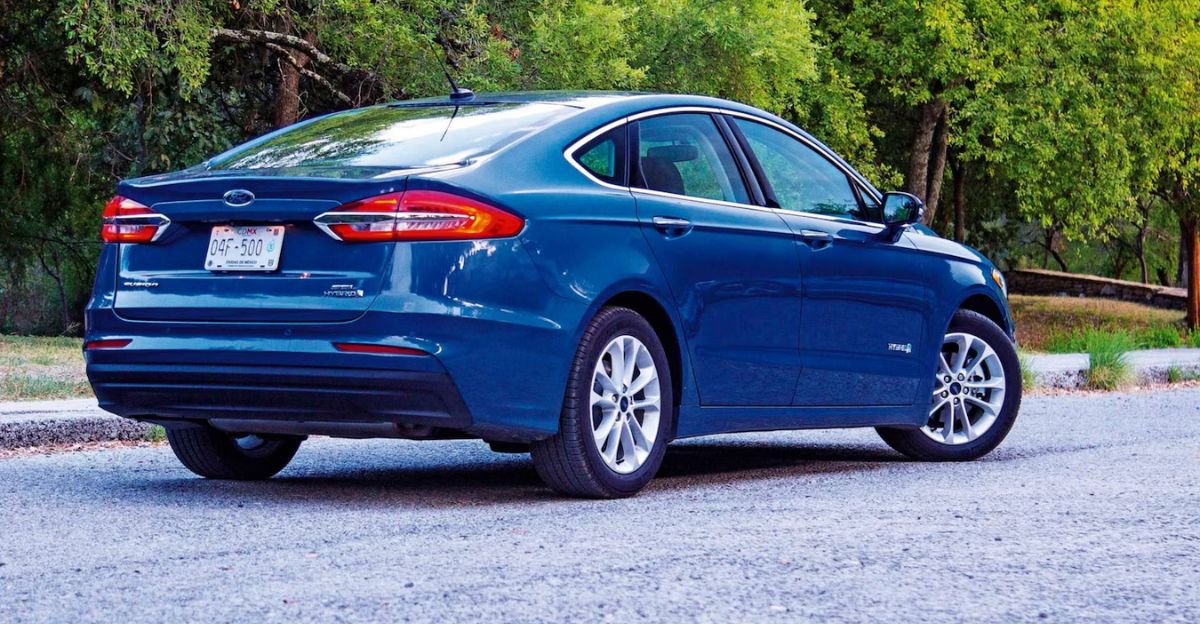
The source of the problem lies within Ford’s SYNC 4 infotainment system, specifically, its accessory protocol interface module. This module governs communication between hardware and software inside the vehicle. In SYNC 4 versions 1.7 and 1.9, bad coding can cause the rear camera feed to freeze, lag, or disappear entirely. For a modern vehicle, that’s a dangerous blind spot. But pinpointing the software flaw was only the first hurdle.
The NHTSA Steps In

Reports of camera issues triggered a wave of concern earlier this year. The National Highway Traffic Safety Administration began receiving complaints from Ford owners, particularly those driving F-150s. Once the volume hit a critical mass, federal investigators got involved. Ford then conducted an internal probe and confirmed the glitch could be replicated. By April, the issue was officially linked to SYNC 4, and by May, the recall was underway.
Inside Ford’s Investigation
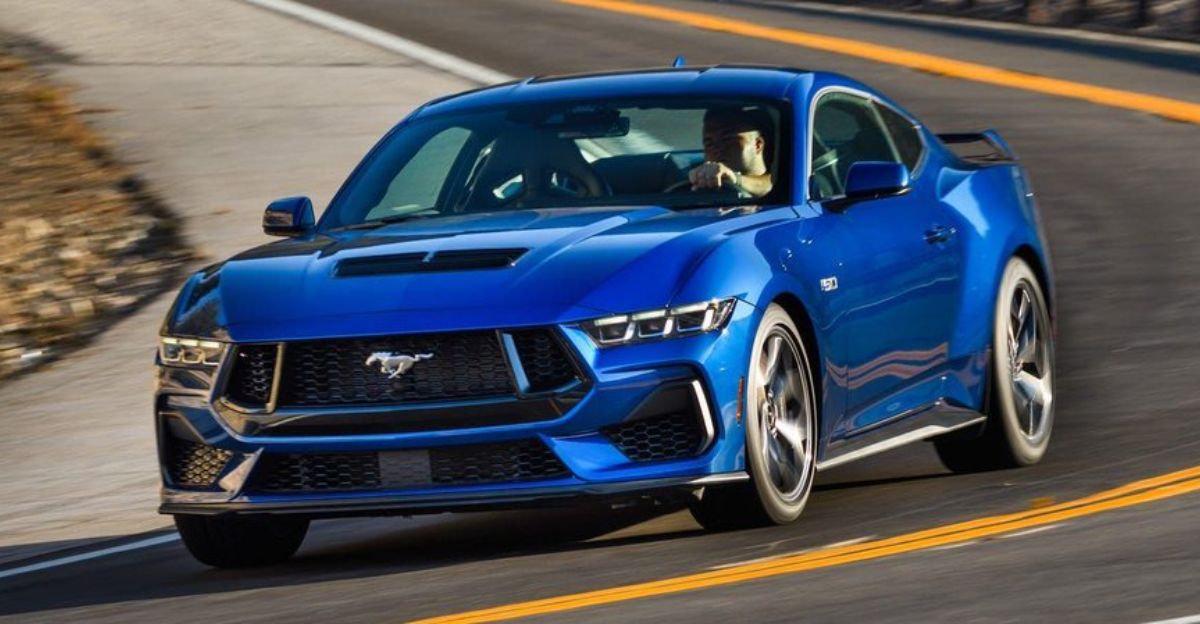
Internally, Ford identified at least 37 complaints and over 200 warranty claims tied to the glitch. Engineers worked to reproduce the problem, isolate it within the code, and confirm its presence in multiple vehicle models. Once that was verified, there was no choice but to escalate. A voluntary recall was issued, signaling the company’s acknowledgment of the problem and its potential severity on roads nationwide.
Which Cars Are Affected?
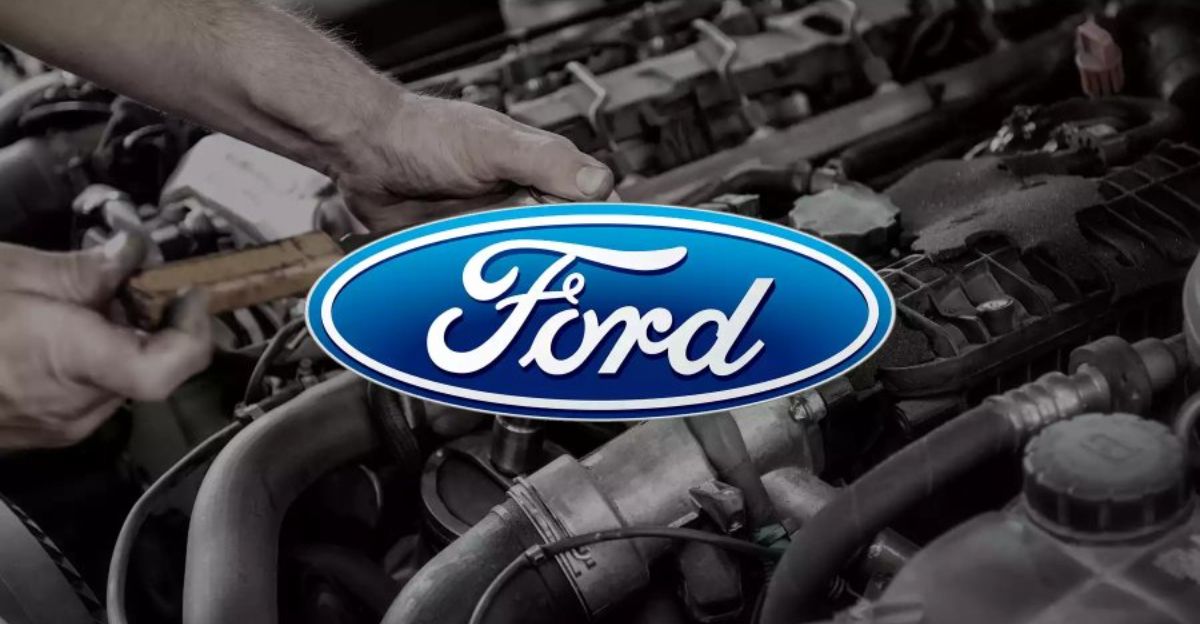
The list of impacted models is long and includes many of Ford’s bestsellers. Affected vehicles span model years 2021 through 2025 and include the Ford F-150, Bronco, Edge, Mustang Mach-E, Mustang, Escape, Expedition, Ranger, Transit, and Super Duty trucks. Lincoln models using the same SYNC 4 versions are also included. If you’ve bought a Ford in the past four years, chances are this recall affects you.
A Widespread Systems Issue
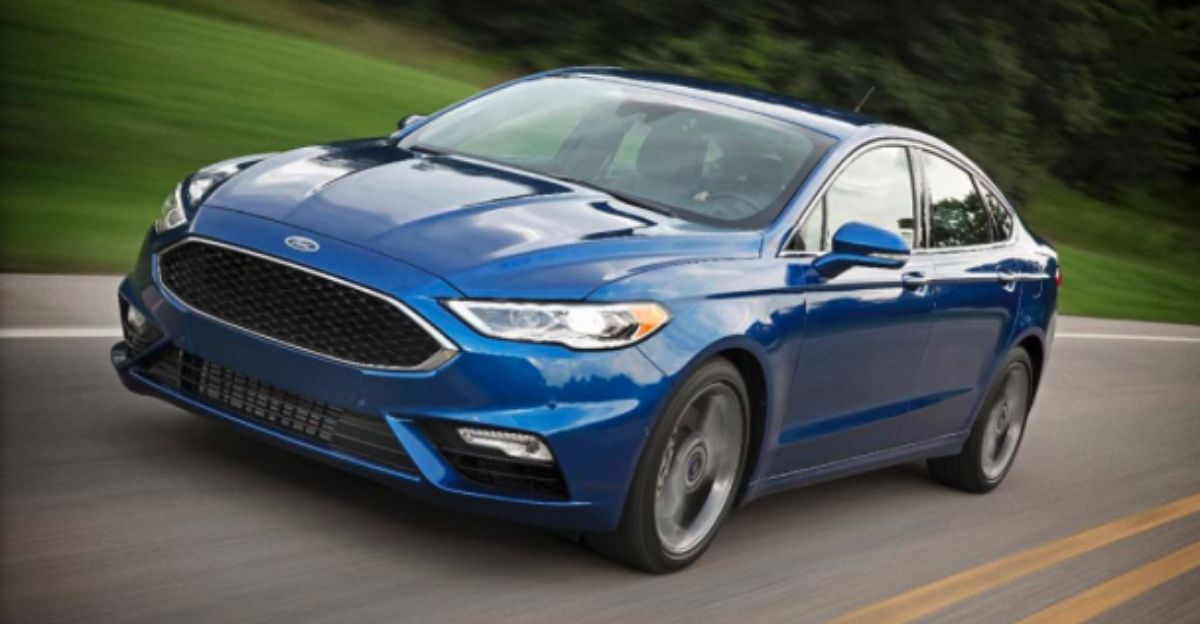
This isn’t a one-off bug in a niche vehicle. The glitch is present across Ford’s most popular lines, which rely heavily on SYNC 4’s centralized system. That’s what makes the scale of this recall so historic. From pickup trucks to electric SUVs, the issue cuts across Ford’s portfolio, suggesting a systemic breakdown in software testing and integration, a vulnerability other automakers may be watching closely.
Early Warning Signs in January
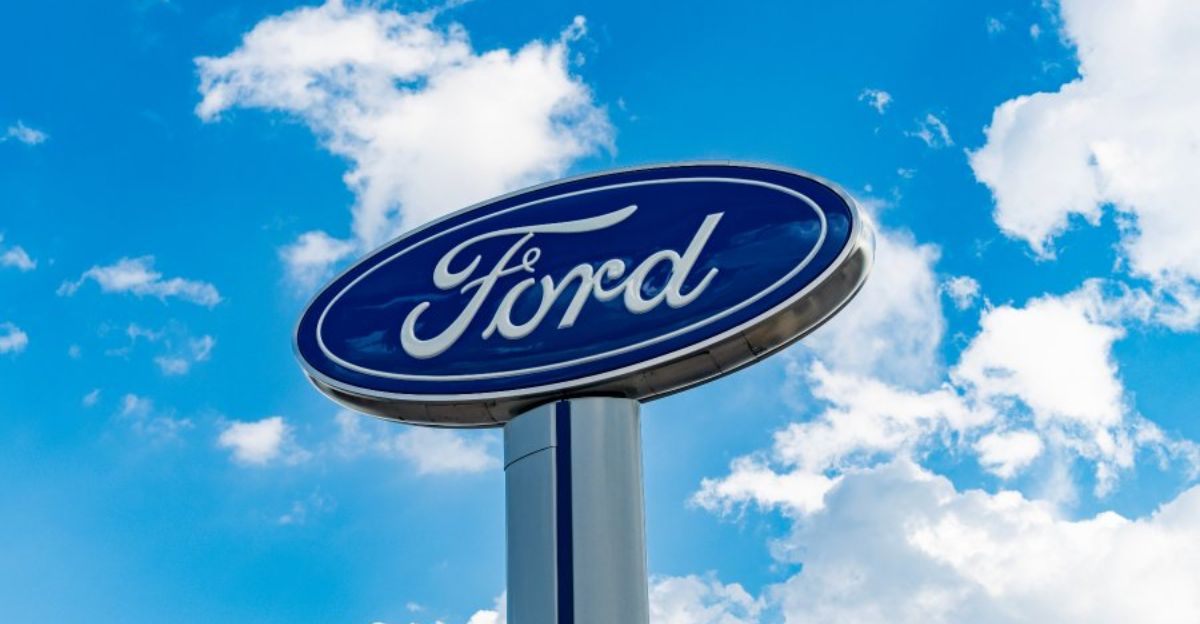
The first major complaints surfaced in January 2025, when F-150 drivers began reporting frozen or blacked-out camera displays. These early warnings weren’t isolated, they pointed to a deeper technical fault affecting entire vehicle batches. Ford’s internal warranty records backed up the consumer feedback. It was only after months of escalating complaints and technical verification that the company moved forward with what is now a sweeping recall campaign.
Damage Reports Begin to Surface
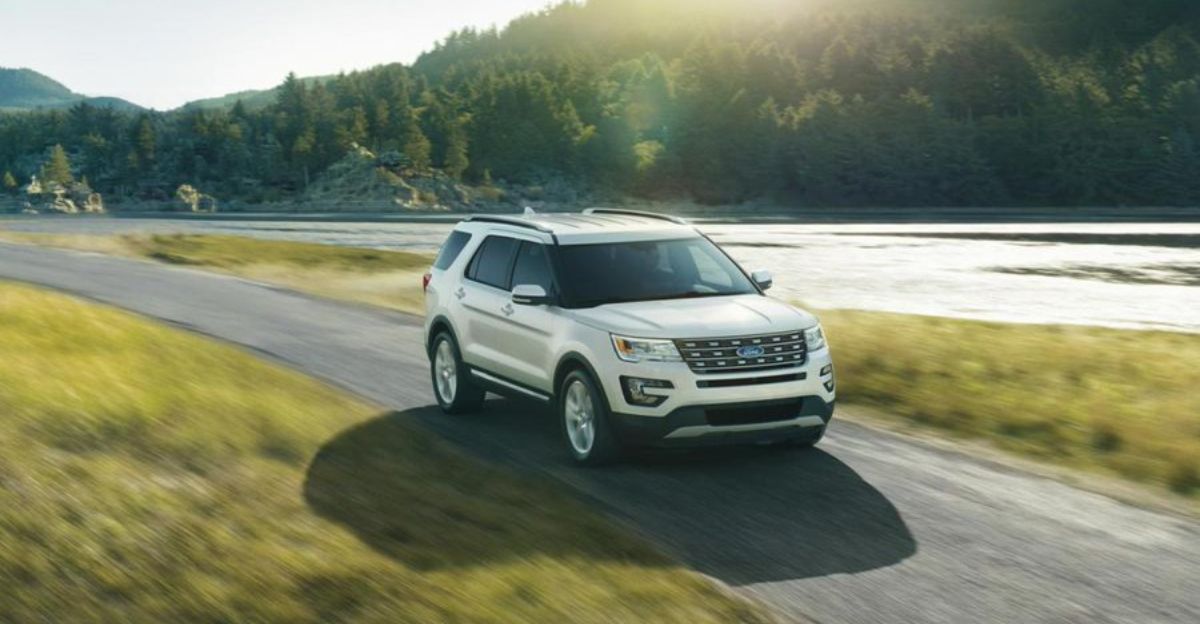
Though no serious injuries have been confirmed, at least one report tied the malfunction to a minor crash that caused property damage. Fortunately, no pedestrians were harmed. Still, that close call was enough to raise alarms. With over a million affected vehicles, experts worry that it’s only a matter of time before something more serious happens. Ford’s decision to act preemptively may have prevented worse outcomes.
Why the Stakes Are High
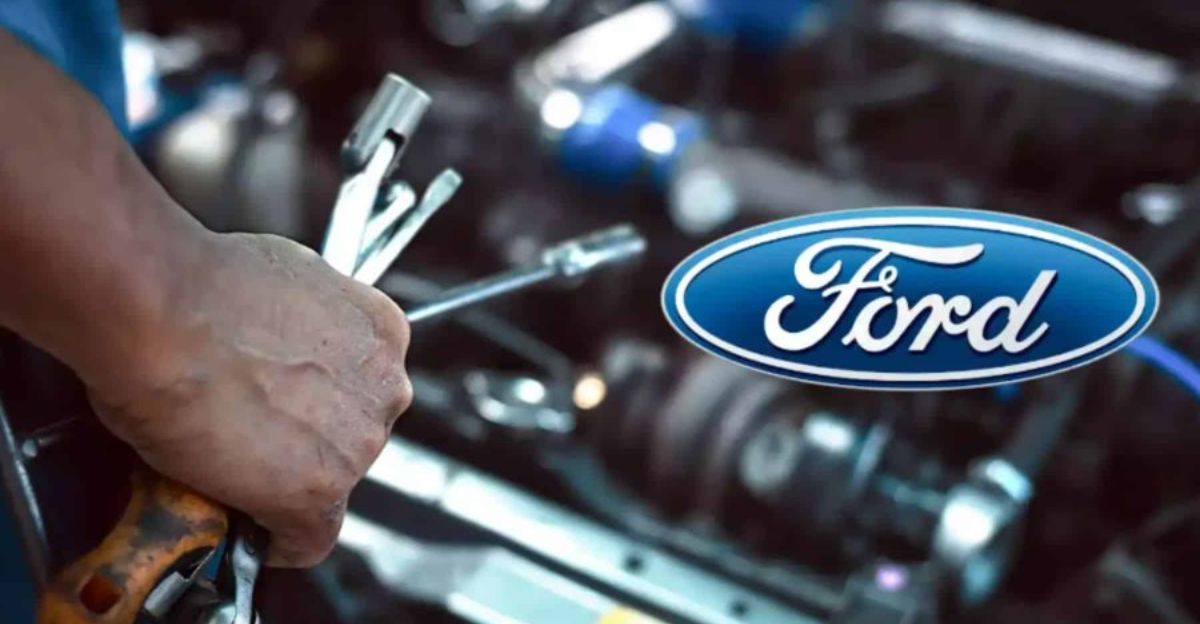
A rearview camera glitch may sound minor, until you realize how dependent drivers have become on them. For many, especially in larger vehicles, these systems are essential. A frozen or missing image could mean reversing into a post, another car, or worse, a person. Even one failure in the wrong setting could prove catastrophic. That’s why Ford couldn’t afford to wait for more accidents to happen.
How Ford Plans to Fix It
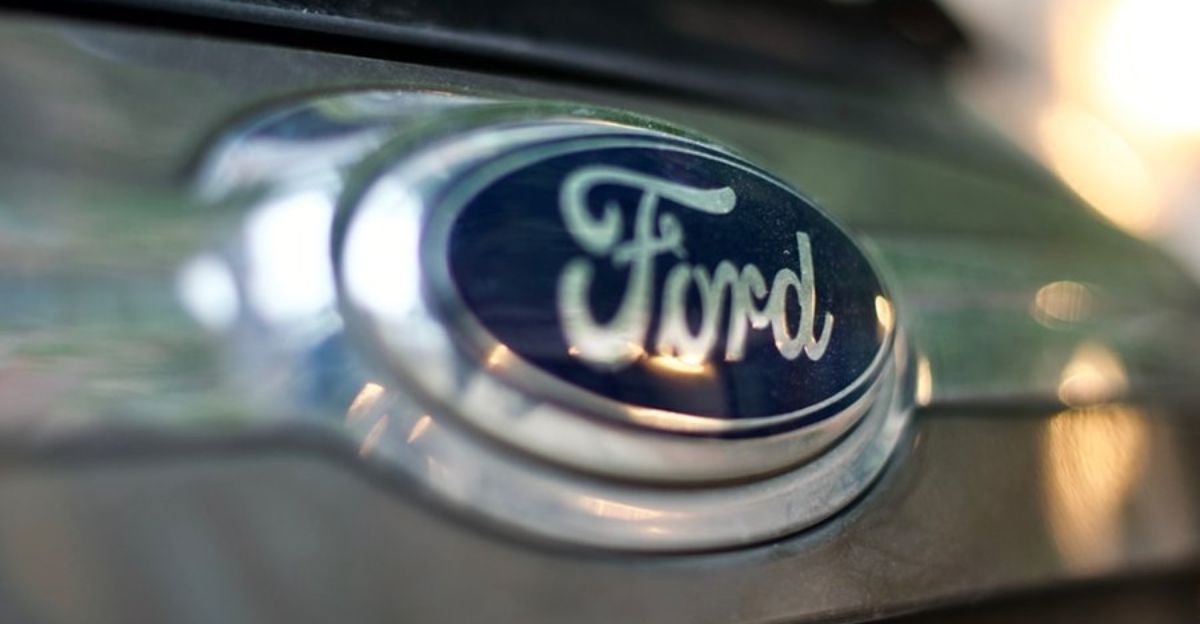
Ford’s official fix will come through a software update to SYNC 4, designed to resolve the glitch without any hardware replacement. Most affected vehicles won’t need to be taken to a dealership. Instead, the update will be sent “over the air,” similar to how smartphones receive software patches, provided the car is connected to Wi-Fi. It’s a modern solution to a modern problem, but it requires users to stay connected.
When Owners Will Be Notified
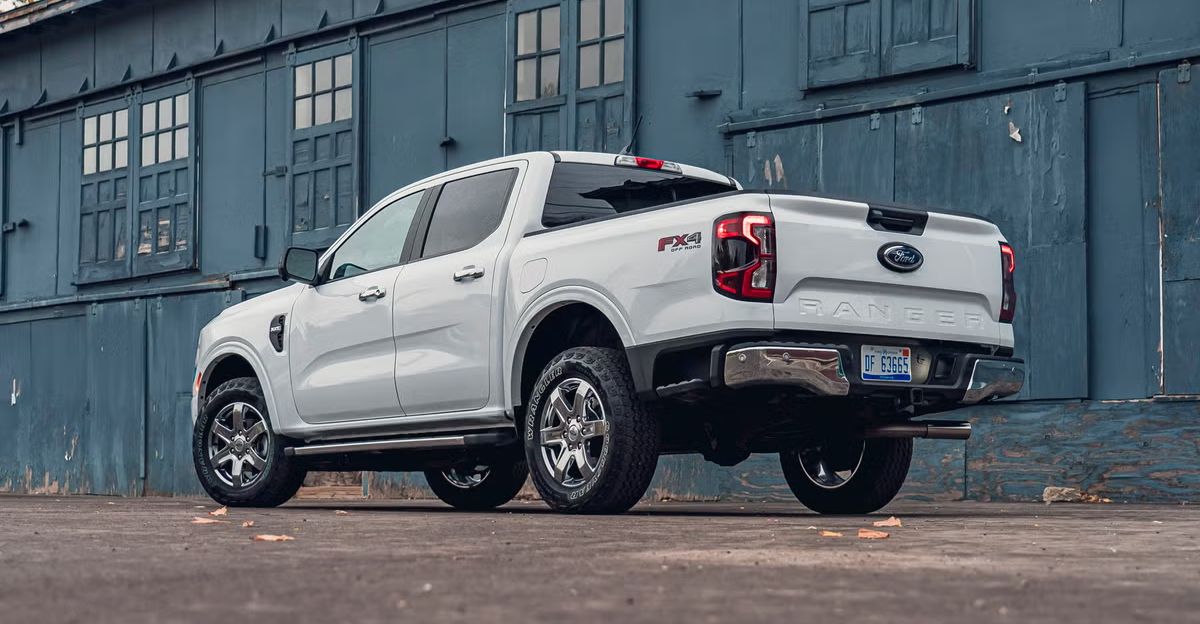
According to Ford, formal notifications to affected owners will begin rolling out in late June 2025. Until then, owners are encouraged to be proactive. If a driver suspects their rearview camera isn’t working properly, or owns a model listed in the recall, they should take steps now to ensure their system is ready for the incoming update. Waiting for an official letter could delay a fix that’s already on the way.
What Owners Should Do Now
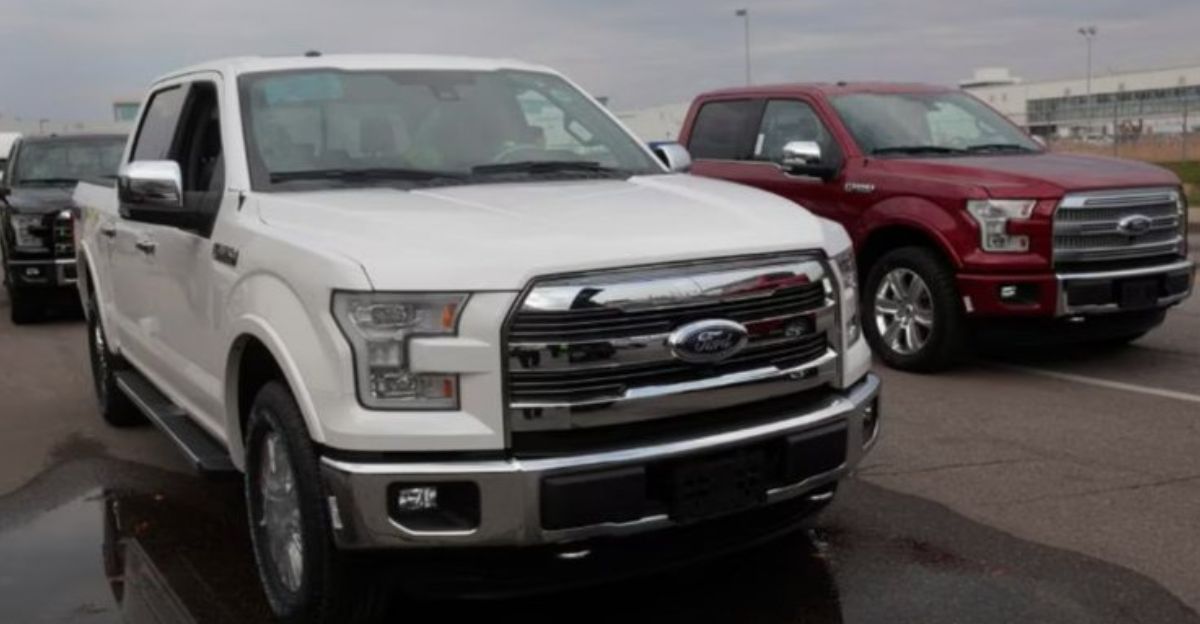
If your vehicle might be affected, check your VIN on Ford’s recall lookup tool or visit NHTSA’s website. If you’re in the recall pool, make sure your vehicle is connected to Wi-Fi so the SYNC 4 update can be installed automatically. Owners without Wi-Fi access can visit a certified dealership to get the update installed manually, free of charge. Either way, don’t ignore the problem, act now.
Ford’s Recall History
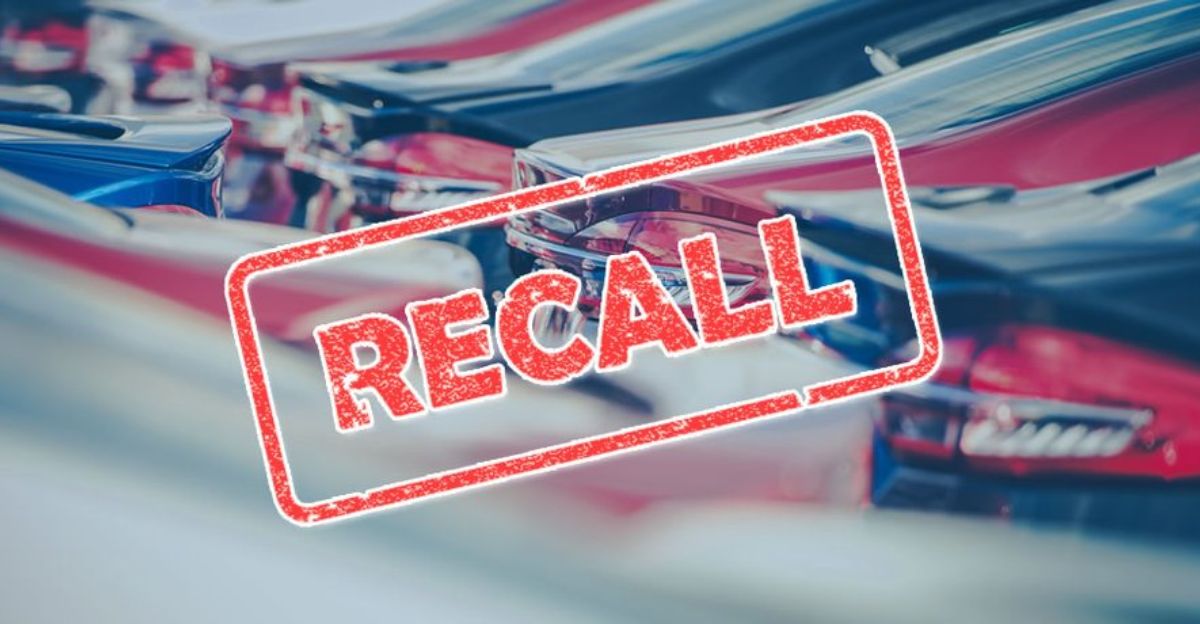
This isn’t Ford’s first high-profile recall. In recent years, the automaker has issued recalls for fire hazards, brake issues, and faulty transmissions. Each time, Ford has emphasized its commitment to driver safety. Still, a pattern of recalls, especially on this scale, raises questions about the company’s internal quality control processes and its ability to catch system flaws before vehicles leave the factory floor.
Is Ford’s Software Testing Failing?
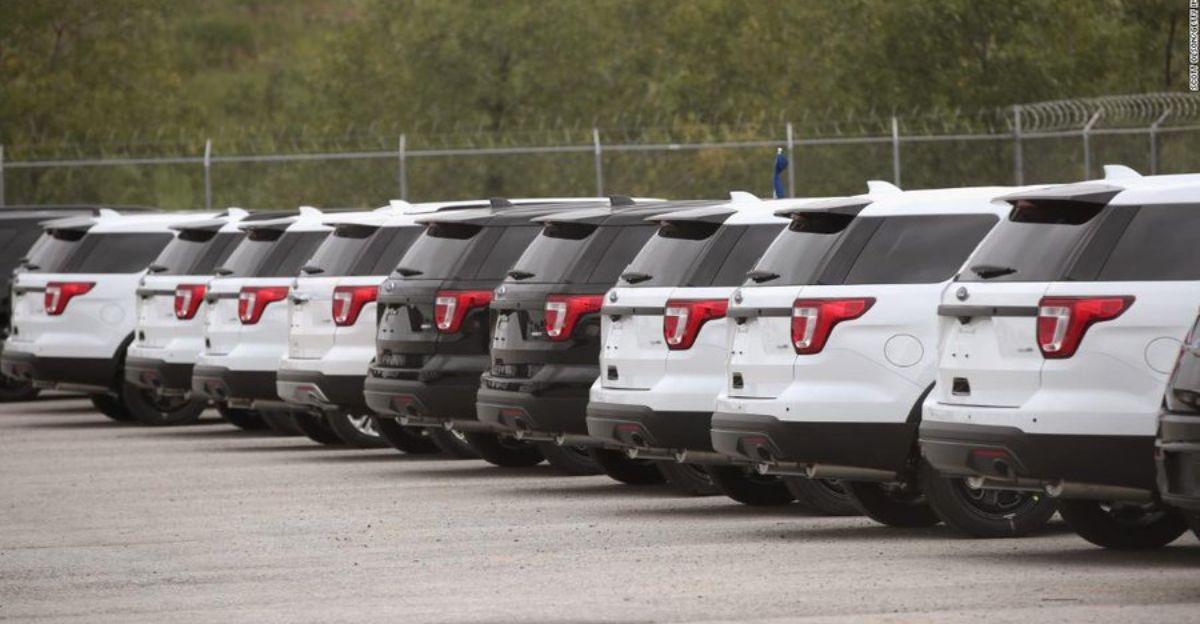
As vehicles become more like computers on wheels, software glitches like this one could become more common. Ford’s rear camera recall may serve as a warning: even legacy automakers are struggling to keep up with the complexity of modern car tech. SYNC 4 was supposed to be a major upgrade. Instead, it’s become a case study in how software problems can jeopardize physical safety.
A Cautionary Tale for Automakers
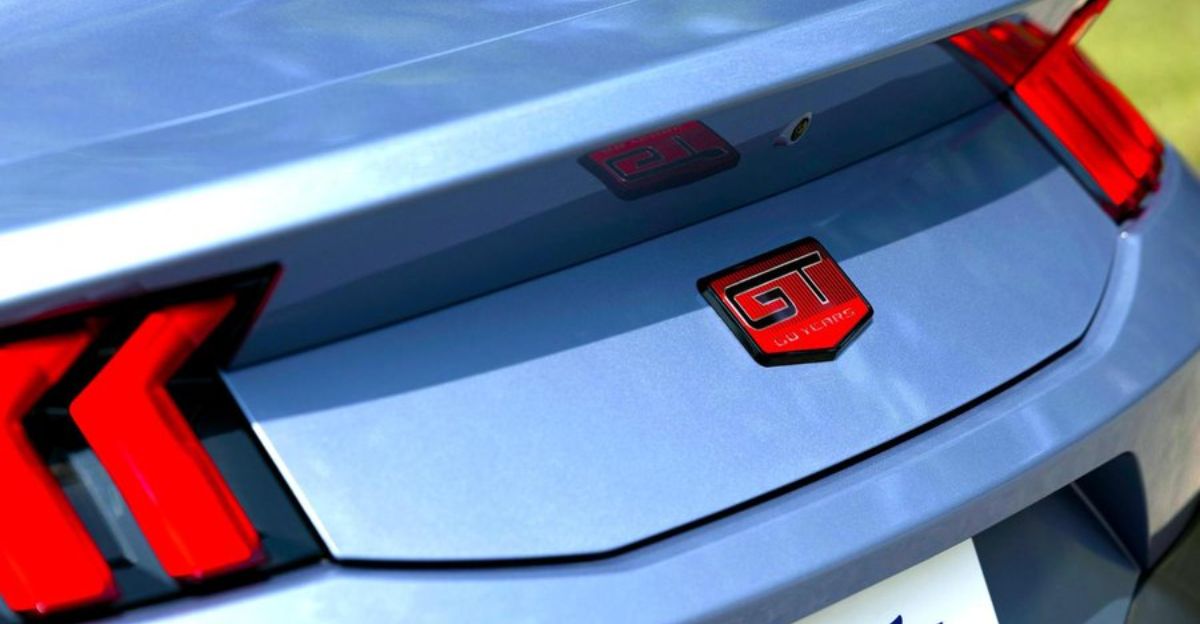
Ford’s situation highlights a broader challenge for the industry. As vehicles become smarter and more connected, traditional mechanical problems are being replaced by software errors with real-world consequences. This recall should be a wake-up call for every automaker to double down on digital quality control. From luxury EVs to mainstream sedans, no model is immune to the risk of embedded code gone wrong.
The Consumer Trust Question

Consumers are growing weary of recalls, especially those tied to tech glitches. A system failure that puts lives at risk shakes confidence, not just in one brand, but in the industry as a whole. Ford’s response will matter. A fast, transparent fix can rebuild trust. But if problems persist, drivers may begin to question how safe their “smart” cars really are, and whether old-school reliability is being sacrificed for flashy features.
Regulatory Pressure May Mount
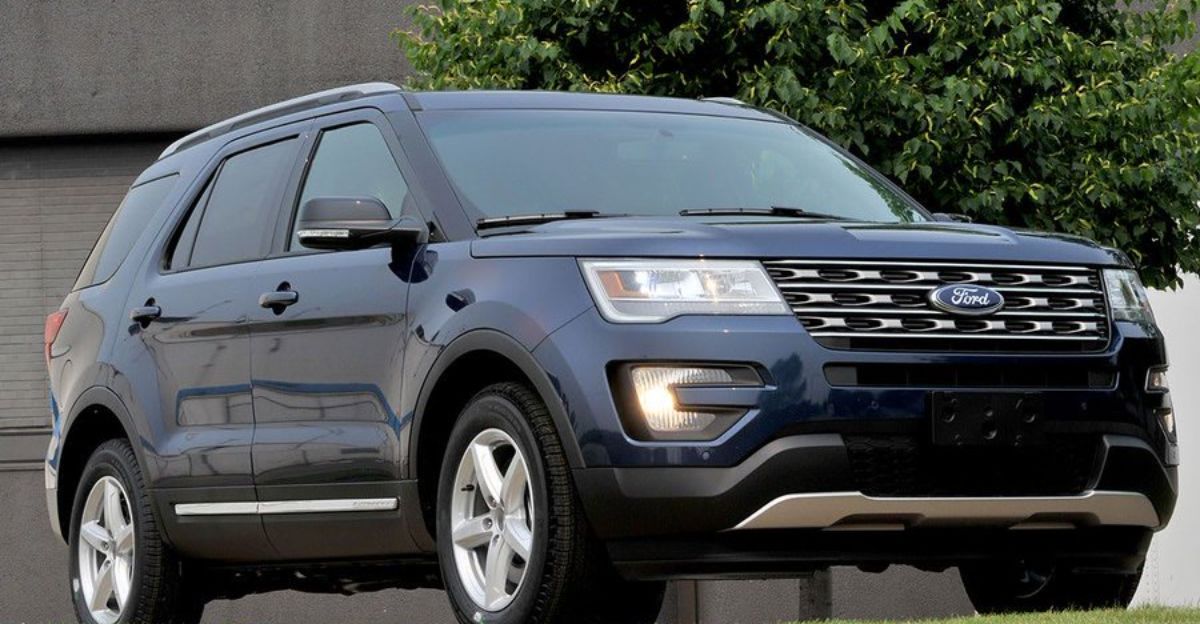
With technology playing a bigger role in driving, federal regulators may start demanding more robust pre-release testing and accountability from automakers. The NHTSA’s involvement in the Ford case could signal a shift toward tighter scrutiny. Software can’t be an afterthought, it must meet the same safety standards as any physical component. As digital systems become central to vehicle function, the stakes will only rise for automakers who fall short.
More Than a Recall: A Warning Shot for Smart Car Safety

Ford’s recall of over one million vehicles is more than just a technical correction, it’s a warning flare for the automotive world. As cars evolve into complex digital machines, even a single software glitch can pose massive safety risks. The SYNC 4 camera issue may be fixed with a download, but its broader implications will linger. Consumers, regulators, and competitors alike will be watching how Ford responds, and whether it can truly learn from one of the biggest recalls in its history.
Discover more trending stories and Follow us to keep inspiration flowing to your feed!

Craving more home and lifestyle inspiration? Hit Follow to keep the creativity flowing, and let us know your thoughts in the comments below!
